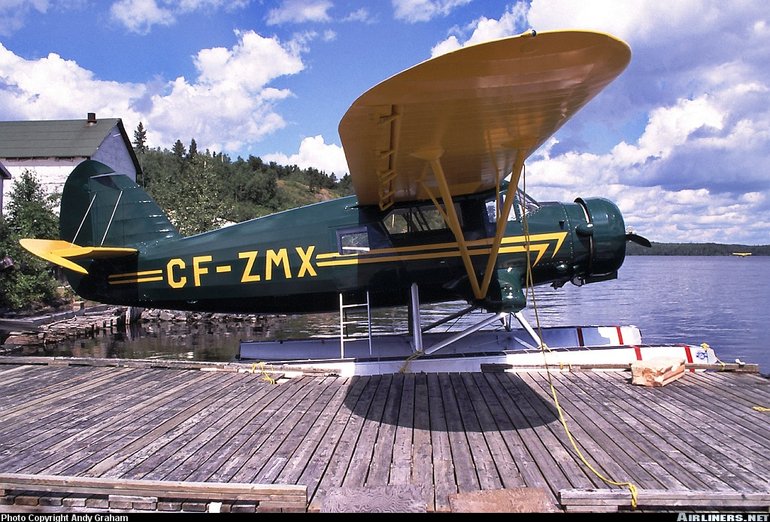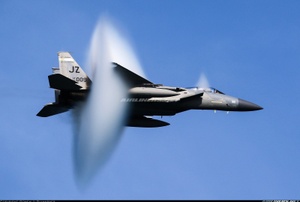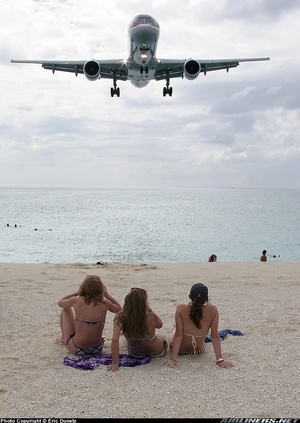Noorduyn Norseman
Details
Country of Origin
Canada
Type
10 place utility transport
History
The rugged Norseman bush aircraft first flew in the mid 1930s, and so its long in service record is equal to that of the legendary Douglas DC-3.
The Norseman was designed by Robert Noorduyn, who was born in Holland and later worked for several prominent aircraft companies in England and the USA, including Armstrong Whitworth, British Aerial Transport, Sopwith, Fokker (in the USA where he worked on the F-7/3m), Bellanca and Pitcairn. In 1934 Noorduyn formed Noorduyn Aircraft Ltd (Noorduyn Aviation from 1938). Later in 1934 Noorduyn began work on the Norseman, resulting in the first flight of the float equipped prototype Norseman I from the St Lawrence River on November 14 1935.
The Norseman I prototype was powered by a 315kW (420hp) Wright Whirlwind, featured spruce wing spars and a metal tubing fuselage frame with fabric covering. It was the first Canadian aircraft with flaps.
Further development resulted in the heavier Norseman II production aircraft, and the 335kW (450hp) P&W Wasp Junior powered Norseman III. The 415kW (550hp) Norseman IV was the subject of significant Royal Canadian Air Force and civil orders in 1938.
The USA's entry into WW2 in late 1941 saw the US Army Air Force take delivery of 746 Norsemans in YC-64, UC-64A (originally C-64A), and UC-64B variants. These aircraft operated in many theatres and were sometimes equipped with floats or skis. Other air forces that operated the Norseman were Canada, Australia, Brazil, Netherlands East Indies, Honduras, Indonesia, Norway, Sweden, and the US Navy.
The Norseman V, which was produced from the end of WW2 by Noorduyn and later by CCF, is the civil equivalent of the UC-64A.
With the aircraft no longer needed for war, Noorduyn production ceased in 1945 and its Cartierville plant was taken over by Canadair. However through to 1959 Canadian Car and Foundry built small numbers of Norseman Vs for civil customers.
CCF developed a new version, the Norseman VII, with all-metal wings and tailplane, a 91.4cm (3ft) longer cabin, and the engine moved forward 30.5cm (12in). The aircraft was converted from a Norseman V, and the first flight was made in Montreal in the autumn of 1951. It was however never certificated and not taken into production.
After the war many ex military Norsemans found gainful use with civil operators, and even to this day approximately 18 fly in Canada.
Powerplants
Norseman V - One 450kW (600hp) Pratt & Whitney R-1340-AN1 Wasp nine cylinder radial piston engine driving a three blade propeller.
Performance
V - Normal cruising speed 238km/h (128kt). Time to climb to 5000ft 6.5min, time to climb to 15,000ft 28.5min. Service ceiling 17,000ft. Range at 75% power cruising speed with max fuel 1850km (998nm).
Weights
V - Empty 2007kg (4420lb), loaded 3360kg (7400lb).
Dimensions
V - Wing span 15.75m (51ft 8in), length 9.85m (32ft 4in), height 3.12m (10ft 3in).
Capacity
V - Pilot and up to nine passengers on bench seats. Often configured for freight.
Production
Norseman production ran from the late 1930s through until 1946 with Noorduyn, and then with CCF (Canadian Car and Foundry) until 1959, by which time 903 had been built by both manufacturers. Approximately 18 remain in use.
Related Links
Noorduyn Norseman
The backbone of this section is from the The
International Directory of Civil Aircraft by Gerard Frawley
and used with permission. To get your own copy of the book
click here.


















